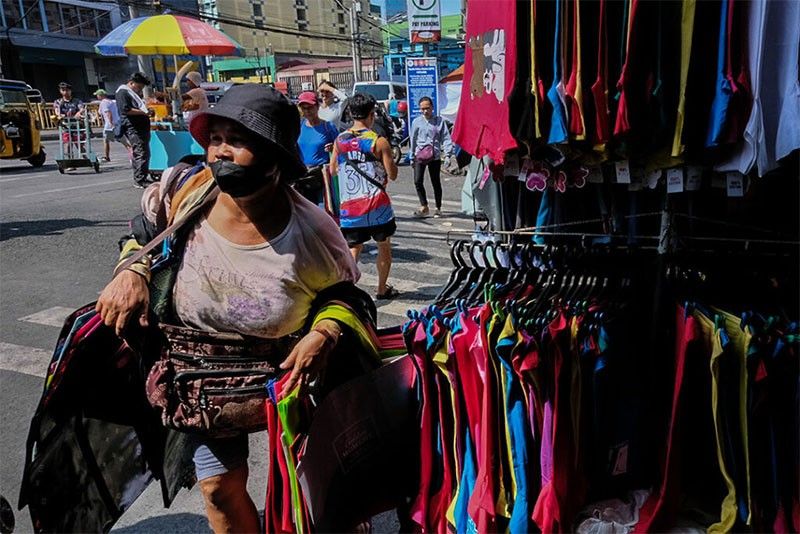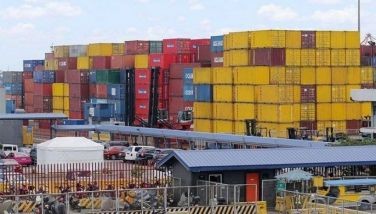IMF sees Philippine growth slowing to 6 percent in 2024

MANILA, Philippines — The International Monetary Fund (IMF) has lowered its growth forecast for the Philippines this year due to the slower than expected growth in the first quarter.
At a press briefing following the IMF’s staff visit to the Philippines, which was conducted from June 4 to 10, IMF mission chief to the Philippines Elif Arbatli Saxegaard said the multilateral lender lowered its growth outlook for the country this year to six percent from the 6.2 percent forecast it gave in its April World Economic Outlook.
But if realized, the IMF’s gross domestic product growth forecast would hit the lower end of the government’s six to seven percent target for this year. In 2023, Philippine GDP grew by 5.5 percent.
“We’re a little bit surprised on the household consumption side and a little bit on the investments…We anticipated earlier that household consumption would grow slightly higher [in the first quarter],” Saxegaard said. “But domestic demand was a bit lower than what we had thought earlier.”
She said the slower demand in the first quarter may have to do with the uptick in inflation.
On the other hand, the IMF maintained its 2025 growth projection for the Philippines at 6.2 percent. This, however, is well below the government’s 6.5 to 7.5 percent GDP growth target for next year.
“We expect growth to pick up in 2025. The drivers are similar (such as) continued pickup in domestic demand, investment and consumption,” Saxegaard said.
“We think that some of the factors, including continued decline in inflation as well as the monetary policy easing that is associated with that, will be probably even more supportive in 2025, given the lag,” she said.
Foreign direct investments are also seen to pick up in 2025 amid the government’s push for reforms that could boost private investments.
The IMF also lowered its inflation forecast for the Philippines to 3.4 percent this year from the 3.6 percent estimate it gave in April.
The projection is lower than the six percent full-year inflation in 2023. It is also below the 3.8 percent risk-adjusted forecast of the Bangko Sentral ng Pilipinas (BSP) for this year.
“That reflects our view that in the second half, food price inflation will come down faster, including due to the recently announced lower import tariffs on rice,” Saxegaard said, adding that the IMF expects these tariff cuts to be implemented in the second half of the year.
Headline inflation quickened to a six-month high in May, picking up to 3.9 percent from 3.8 percent in April, mainly driven by faster upticks in utility and transport costs. Year to date, inflation averaged 3.5 percent in the January to May period, within the government’s two to four percent target.
“So over the medium term, over the coming year, (lower inflation) opens up space for the BSP to slightly loosen or gradually reduce its policy rates,” Saxegaard said.
However, she said risks to inflation remain on the upside amid geopolitical tensions and volatility in commodity prices.
“We expect inflation to approach the target in the second half of this year. But our policy advice is that BSP should maintain a sufficiently restrictive policy stance to firmly bring inflation within the target band.
To tame inflation and stabilize the peso, the BSP hiked borrowing costs by 450 basis points starting from May 2022 to October 2023, bringing the benchmark interest rate to a near 17-year high of 6.5 percent.
Since its off-cycle 25 basis point hike in October last year, the BSP has kept interest rates unchanged for five straight meetings, the last being its May policy review.
The IMF also noted that financial stability risks appear contained and credit growth remains healthy despite higher lending rates.
- Latest
- Trending



























